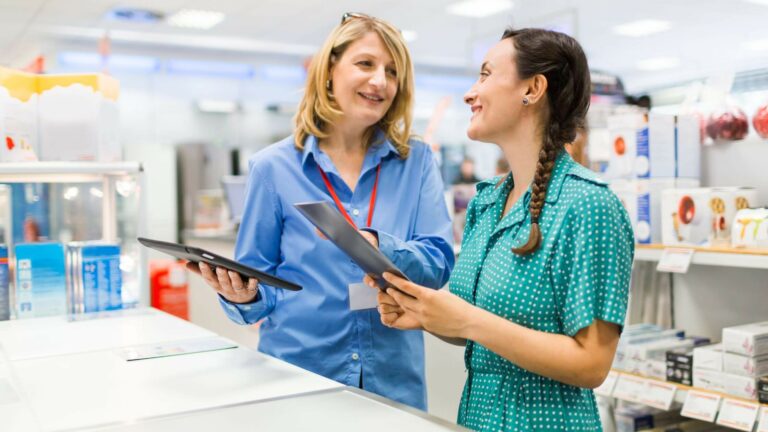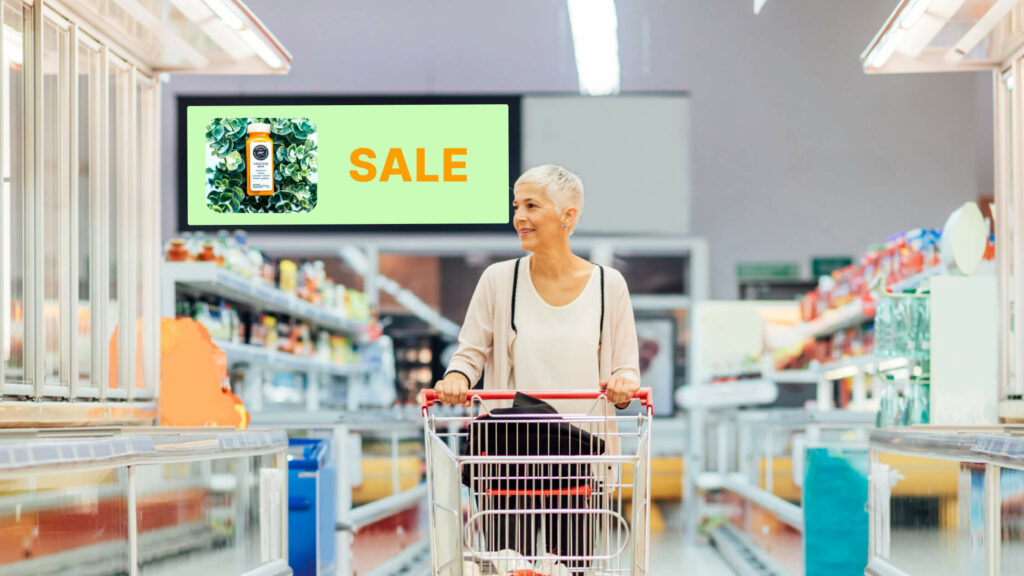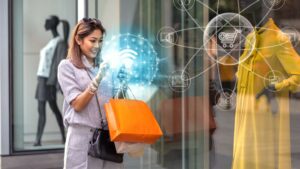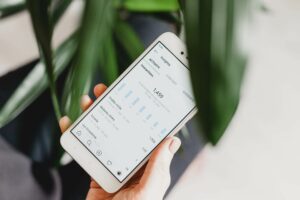How Retailers Can Leverage Tech to Enhance Customer Experience

Online shopping has raised the bar for customer expectations. E-commerce offers shoppers a more personalized experience, and as consumers return to brick-and-mortar stores, they are looking for consistency across platforms. That means physical stores must also offer a personalized experience to customers if they want to compete with online retailers.
The most successful omnichannel retailers are using customer data in conjunction with new technology to improve customer relations and enhance the customer experience in-store and online. Their focus is on:
- Centralizing and contextualizing consumer data;
- Turning insights into actions for better connections with customers;
- Deploying new technologies to deliver the right message on the right channel at the right time; and
- Providing associates with the tech and training they need to enhance the customer experience as well as their own.
Keep reading to discover five ways retailers can leverage tech to enhance the customer experience.
5 Ways Retailers Can Leverage In-Store Technology to Boost the Shopping Experience
Customers today interact with brands across an average of 20 channels. Which, if you’re looking to build a consistent experience across the board, is a lot to keep track of. Their journey might start on social media, progress to your website, and then take them in-store to check out the product in person. To create a seamless omnichannel shopping experience, retailers need to be aware of each step and ensure the customer experience is the same regardless of where these interactions are happening.
How can you achieve a consistent shopping experience?
1. Giving sales associates access to real-time product information
Online shoppers have access to all the information they need on your website, and they are even browsing in-store. Customers can look up product descriptions, prices, and stock availability on their smartphones. But pricing and availability are not always consistent across platforms. You may be running an online-only promotion on certain products. Or if you have multiple locations, including an online warehouse, inventory levels can vary.
Customers in your physical stores should be able to rely on sales associates to give them the correct information or help them find their way. By providing associates with mobile point-of-sale (POS) systems on tablets or other smart devices, you are giving them access to all the data they need to answer inquiries, locate products in-store, or order the product for the customer if it is not currently available.
With this kind of information at their fingertips, sales associates can even use POS systems to search and recommend products based on the customer’s purchase history.
2. Deploying the right tool, at the right time
Customer relationship management is an important but time-consuming facet of your business. Especially for bigger retailers, you can’t send a personal message to every customer who buys from one of your stores. Instead, use customer data to identify the shoppers who are most interested in a personalized experience – and who will bring you the greatest returns on your investment.
Communication roadmaps can help you determine the best times to reach out. And the data you have collected about customers’ preferred communication methods will tell you how. Email marketing is one of the most popular forms of communication for brands. You can also use text messages, social media messages, and app notifications to interact with your customers.
Just be careful not to spam them! Customers are more likely to buy from brands that send fewer messages and keep the content relevant to their interests. Integrations between customer relationship management (CRM) platforms like Salesforce and email/messaging apps make it easier to reach customers with what they want. If they leave items in their online cart, for example, this could trigger an automated message containing a coupon for 10% off or free delivery to encourage them to complete the purchase.
3. Paying attention to shopping patterns and behaviors
Analyzing shopping patterns and customer behaviors can help you target your brand messaging more effectively. If you know which demographics shop in your store at different times of the day and/or week, you can tailor your messaging to be relevant to their interests and budgets. Whether you’re offering a promotion on a specific product or a store-wide discount, you should always have a target customer in mind.
With an in-store digital signage network, you can change your displays throughout the day with zero disruption to your customers or associates. The right Content Management System (CMS) will allow your retail marketing team to adjust screens and projectors at the touch of a button.
WovenManager is our CMS specifically designed for digital signage. Its target messaging capabilities ensure you get the right message to the right audience at the right time. And lets you schedule content across entire networks down to individual screens.
Targeting content to certain times can help boost sales and improve the customer experience because it’s more relevant and personal.
Find out how you can use digital signage to connect with shoppers throughout their in-store journey on our blog: How to Reach Shoppers Throughout the Customer Journey Using Your Retail Media Network.
4. Offering buy online, pick up in-store (BOPIS) services
The global BOPIS market has grown steadily and shows no signs of slowing down. Forecasts suggest it could be worth over $700bn by 2027. Customers appreciate the ease of online orders and the convenience of picking deliveries up in-store. Click-and-collect services smooth the transition between shopping online and in-store and create a seamless omnichannel experience for your customers.
5. Integrating the online experience with QR codes in store
One of the most helpful things when shopping online is being able to compare products and read customer reviews before you buy. Most brick-and-mortar stores do not have this capability. But by using QR codes, you can integrate your online shop with the in-store experience, enabling your customers to see more product information, customer reviews, and comparable products on their screens. QR codes can also be used on a screen for shoppers to scan to download your app and access discounts.
Enhance Your Customer Experience with Digital Signage Solutions from Wovenmedia
There are many ways brick-and-mortar retailers can leverage technology to enhance the in-store shopping experience and build a loyal customer base. Digital signage is an effective tool for connecting your physical and digital stores and creating a seamless omnichannel experience for your customers.
Wovenmedia, the in-store retail media expert, can help enhance your in-store customer experience with our full suite of digital signage software and services. Contact us to find out more about how you can use digital signage to improve your cross-channel shopping experience today.
Written by Katy Farmer







